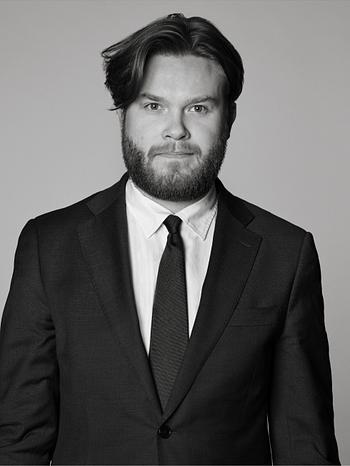Arthur Bianchini
Arthur Bianchini, "Autumn Day by the Sea". (Motif from Sandhamn)
Signed Arthur Bianchini and dated 1904. Canvas 59 x 69.7 cm.
Minor craquelure. Minor marks on the upper part of the canvas from framing. The canvas is somewhat loosely mounted in the frame.
More information
Arthur Bianchini was born in Stockholm in 1869 with a surname he inherited from his Italian grandfather. His art education began at the Académie Julien in Paris in 1889 and was influenced by the tonal painting that characterised the art of the decade. In the 1890s, his art was shaped by his association with the Artists' Association, founded in 1886 by the so-called "opponents" who opposed the increasingly rigid and stagnant view of art held by the Royal Academy. The purpose of the association was, among other things, to "combat all outdated elements that could be harmful, and to promote all reforms that could be deemed beneficial to our domestic art and art industry." Among the members were some of the most important names in Swedish art history, such as Carl Larsson, Anders Zorn, Eugene Jansson, and Richard Bergh. Arthur Bianchini began at the Artists' Association's school in 1891 and would exhibit at their exhibitions throughout the decade. As the younger artists like Bianchini tended to find themselves overshadowed by the giants of the time, a separate exhibition was organised in 1898 for the younger members, which in 1901 resulted in a separate exhibition group that adopted the name "De frie" (The Free). Until 1913, they held annual exhibitions, and Bianchini was perhaps the most driving cohesive force in the group, although artists such as Otto Hesselbom and Axel Törneman were also part of it.
Regarding the Sandhamn motifs, Gertrud Serner writes: "It is also typical of him to strive to exploit previously unconsidered motifs. In 1903, he settled with his wife, the miniature painter Lisa Bianchini, in Sandhamn, and life out there in the archipelago in summer and winter, in sun and night darkness, found in him a constantly devoted chronicler. The many effects of light over the waters, the lighthouse's flashes, the searching beam of light, and the reflections of the lanterns were artistic problems that he never tired of trying to solve."




































